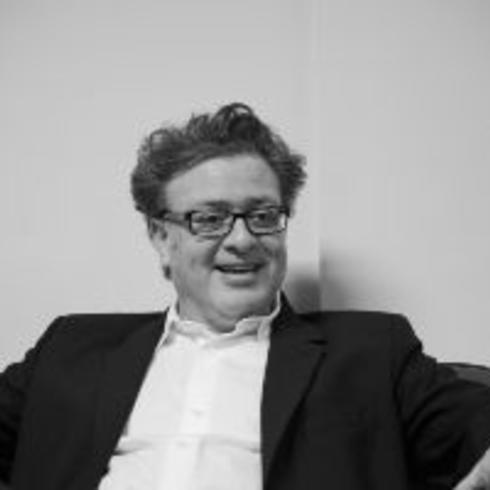
" Rugged "
For orchestra with horn obligato
SÉLECTION 2019
- Nominated for : The Musical Composition Prize 2021
Line and space were two important issues in this piece. These two parameters will evolve and be reinterpreted throughout the five linked movements making up this work.
The orchestra is divided into two groups, separated by a third, consisting essentially of the horn section, which is arranged at the centre of the stage and between the two other groups. At certain times in the work, the horns will play the role of protagonist.
The spatial treatment will also be structured by the work on acoustic properties (tessitura and register) intrinsic to the individual instruments of the orchestra. The dialectic of space created between the exploded orchestral line and the compact, massive use of the orchestra will be at the heart of the work’s formal construction. Rugged opens with a pulverised, fragile line (if it can be called thus), which is deployed over the whole orchestral register and of which the sole linking element is a regular, pulsed temporal articulation. This line is going to undergo avatars and various transformations of densification and crystallisation to end up in a dynamic section of orchestral tutti which, at the end, will suddenly turn into a reinterpretation of the opening line. But even sparser, more fragile, and more rarefied than the previous, this line will be deployed over a suspended sound plane…
Each new section in Rugged chases the previous one without ever going back… Three types of temporal articulations were at the heart of my preoccupations: the sound flow, a sort of turbulent mass, often chaotic, irregular and constant; the pulverised beat: a regular articulation but of which the timbre, register and instrumentation change at every moment; and then a suspended time in which the evolution of timbre and the quality of the sound grain are the principal components…
Martin Matalon (Trad. John Tyler Tuttle)

